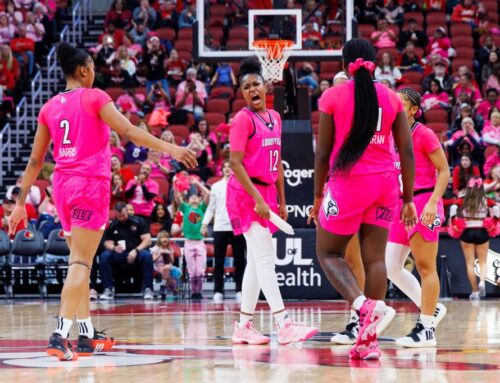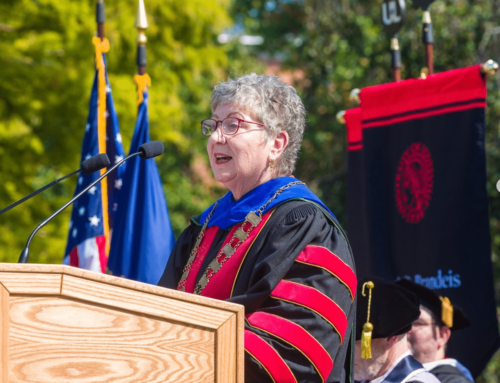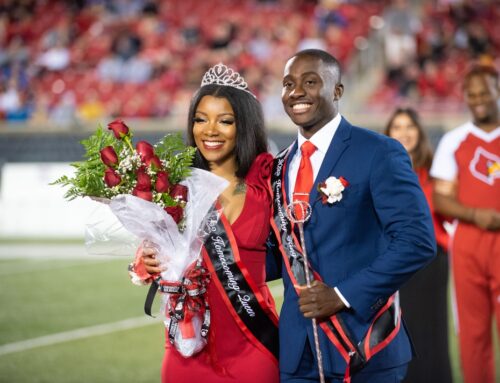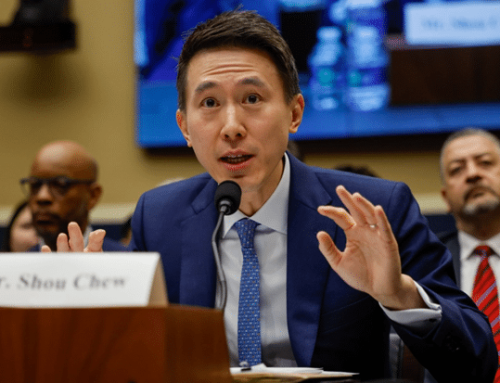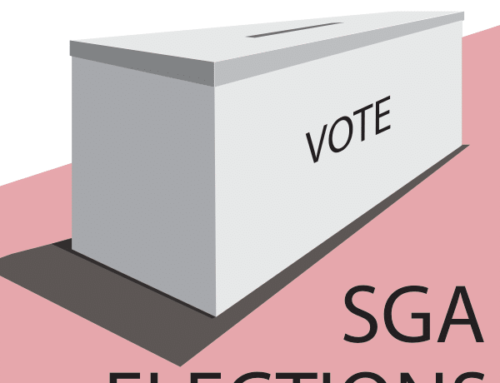During their college careers, most students will take at least one class that stands out as being different or a cut above the rest.
Thanks to a recent collaboration with the American Red Cross, Public Relations Writing is such a class for students like senior communication major Ryan Piros.
“This class is different from other classes,” said Piros. “I have taken several classes where we worked in group projects but none of them have actually benefited the community around the university.”
Taught by Sarah Miller, the class collaborated with the American Red Cross to give students real world experience working with a company.
“We teamed up with the American Red Cross and the students did the [public relations] work for a blood drive here on campus,” said Miller. “They took over news releases, flyers, e-mails, and face to face contact. A lot of times teachers put you in activities where its ‘imagine if;’ this project allowed the students to get feedback from a real business.”
Senior communication major Natalie Williams appreciated the real-world experience she gained from working with the Red Cross.
“Rather than reading a textbook and observing how to do something, we are getting experience by actually doing the work that PR professional’s do,” said Williams.
The students’ goal was to attract 100 people to the drive. To do this, they were placed in eight groups which targeted specific demographics on campus, such as the Greeks or Arts & Sciences students.
Because the Red Cross is a non-profit organization, however, the students faced obstacles such as monitoring by the government and being forced to follow certain guidelines which eliminated a lot of marketing tactics such as community service points or free t-shirts.
“I think everyone as a whole learned how an organization like the Red Cross operates, what types of obstacles exist in promotion for a non-profit and how to overcome those obstacles,” said Williams. “It was stressful from time to time, but I think you get more out of something when it doesn’t go perfectly.”
According to the Red Cross, around 38 percent of the American population is eligible to give blood, but only around 4 percent actually do.
And most of those donors are made up of the elderly, according to Miller. In order to attract their fellow students, the class focused on the positive aspects of blood donating, such as saving lives, instead of the negative, such as the needles.
Miller was pleased with the blood drive, which had about 90 people donate.
“Usual blood drives on campus get around 40 participants, so the students did a good job of getting the word out and attracting students,” said Miller.
Not only did the class help the community but they enjoyed the learning experience.
“I think partnering with the American Red Cross was a good experience,” said Piros. “I believe it has helped each student prepare for a real world job in PR.”


